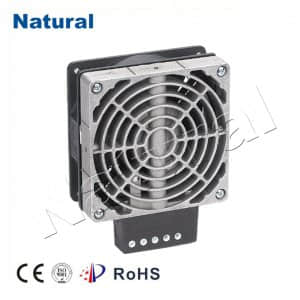Air heaters, often overlooked in our daily lives, play a vital role in various industries and applications. These devices are designed to efficiently heat air for a wide range of purposes, from maintaining comfortable indoor environments to powering industrial processes. In this article, we will explore the fascinating world of air heaters, delving into their working principles, types, and diverse applications.

Working Principles At its core, an air heater is a device that raises the temperature of incoming air. This process is achieved through various mechanisms, with the primary goal of transferring heat energy to the air. One of the most common methods is electric resistance heating, where electrical currents pass through resistive elements, generating heat that warms the surrounding air. Another widely used method involves burning fuels like natural gas or propane to produce hot gases, which then heat the passing air through a heat exchanger.
Types of Air Heaters
Air heaters come in various types, each tailored to specific applications and requirements.
Electric Air Heaters:These are commonly found in residential and commercial heating systems. They are clean, efficient, and easy to control, making them a preferred choice for spaces that require precise temperature regulation.
Gas-Fired Air Heaters:These heaters utilize combustion to heat air. They are frequently used in industrial settings, such as factories and warehouses, due to their high heating capacity and cost-effectiveness.
Radiant Tube Heaters:These heaters use radiant heat transfer to warm spaces. They are often seen in large open areas like garages, hangars, and workshops.
Forced Air Heaters:Found in both residential and industrial settings, forced air heaters use fans to distribute heated air quickly and evenly, making them ideal for heating larger spaces.
Ducted Air Heaters:These heaters are integrated into HVAC systems, heating air that is then circulated throughout buildings via ductwork.
Applications of Air Heaters
The versatility of air heaters makes them invaluable across numerous industries and applications:
Home Heating:In residential settings, air heaters are used in furnaces and heat pumps to keep homes warm and cozy during cold weather.
Industrial Processes:Air heaters are integral in industries like food processing, chemical manufacturing, and metallurgy, where precise temperature control is crucial for production.
Agriculture:Greenhouses rely on air heaters to create the optimal climate for plant growth, ensuring year-round cultivation.
Construction:Construction sites often use portable air heaters to provide warmth during cold seasons, allowing work to continue comfortably.
Drying and Curing:Air heaters are essential in drying processes for textiles, paper, and paint, as well as in curing coatings and adhesives.
Aircraft Hangars:Large open spaces like aircraft hangars benefit from radiant tube heaters, maintaining adequate temperatures for aircraft maintenance and storage.
Commercial Spaces:Shopping malls, offices, and hotels use ducted air heaters to regulate indoor temperatures and ensure a pleasant environment for occupants.
Innovations in Air Heater Technology
Advancements in technology have led to more energy-efficient and environmentally friendly air heaters. For instance, the integration of smart controls and sensors allows for precise temperature monitoring and adjustments, reducing energy consumption. Additionally, the use of renewable energy sources such as solar power for air heating has gained popularity, further decreasing the carbon footprint of these systems.
In conclusion, air heaters are remarkable devices that have far-reaching applications in our daily lives, industries, and various specialized fields. Their ability to efficiently heat air has revolutionized how we maintain comfort, carry out industrial processes, and enhance productivity. As technology continues to evolve, we can expect even more innovative and eco-friendly solutions in the world of air heating.
 28 items Patent
28 items Patent
 28 items Patent
28 items Patent
 28 items Patent
28 items Patent

